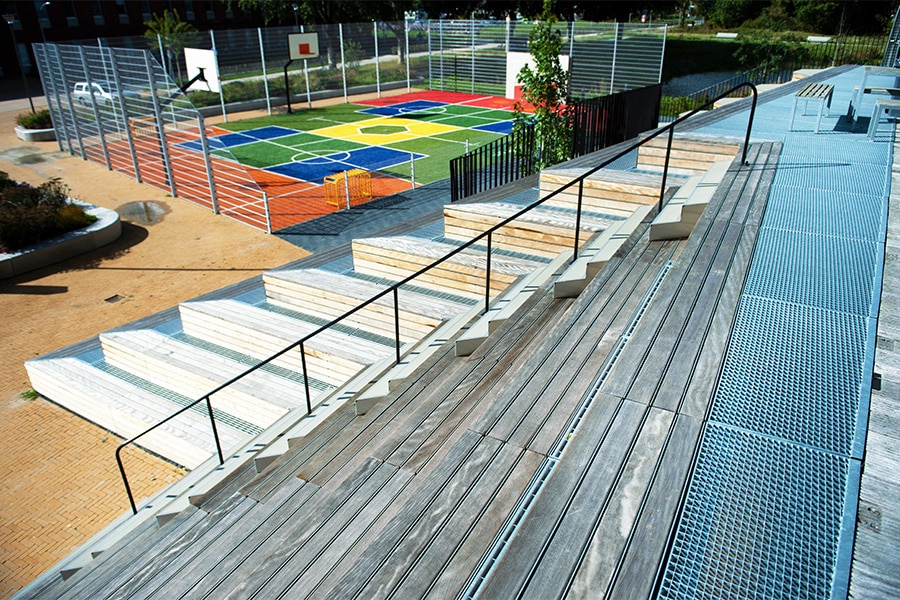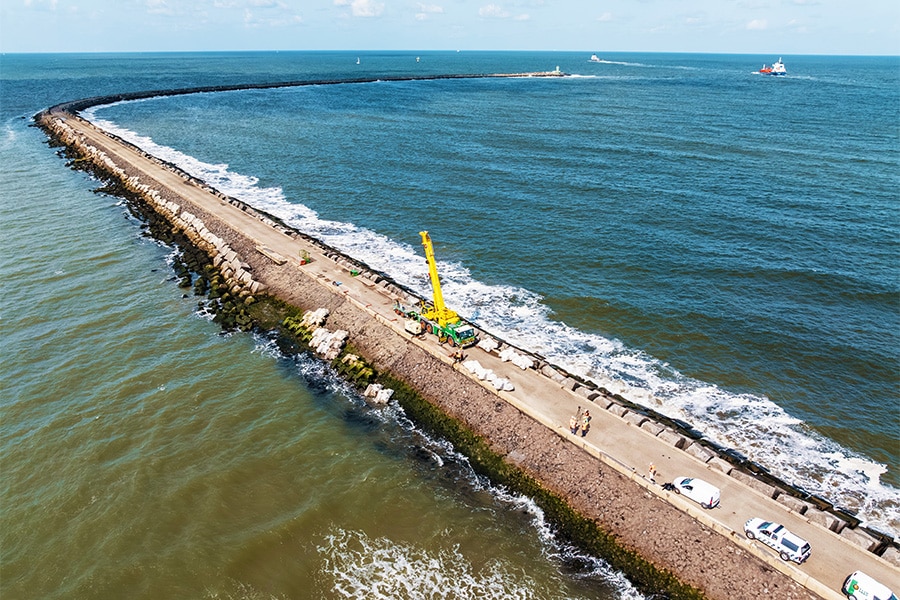
Bringing used concrete and desired concrete together
Toward more sustainable concrete
Half of our building materials consist of concrete, mainly because it is a widely applicable material with a proven longevity. However, the production of concrete requires large amounts of raw materials and contributes nearly 3% to the Netherlands' CO2 emissions. At the same time, the Netherlands faces the task of reducing precisely these CO2 emissions and coping with material scarcity. Reason for TNO to take further steps towards more sustainable concrete.
In its search for solutions, TNO is focusing on the reuse of concrete. Siska Valcke, senior scientific integrator at TNO, explains this choice. "Currently, some 22 million tons of concrete and masonry are released every year, of which only 1.5 million tons of concrete still finds its way into new concrete. And that while we produce 33 million tons annually. These numbers make it immediately clear that there are many gains to be made with reused concrete."

Recycling and reuse
In concrete recycling, the concrete is crushed and ground, creating granules and fine powders. Reuse of whole elements is also possible. With optimal utilization of old concrete, considerable savings can be made on primary materials and even on some cement. The latter also helps reduce CO2 emissions. "Technically, this is possible," says Valcke. "The challenge is in scaling up and linking local supply and local desire. Add to that the growing number of requirements for constructions - not only safe, but also environmentally friendly and affordable - and reuse turns out not to be as easy as it seems."
Resource based engineering with MIMO
To link the data and details of (existing) materials with models to the design questions and the various requirements of the desired application, TNO is developing the Material Driven Multi-criteria Design Optimization, or "MIMO" for short. "You could compare this software to Google Maps," Valcke clarifies. "In this navigation program, you specify what you have and how you want to get from A to B. You have a car. You have a car and want to use only B roads. Then Google Maps indicates which options fall within this wish list. This is also how it works with MIMO. The user indicates his goals and the available materials; MIMO indicates which design solutions result in the best possible balance between goals such as structural safety, environment, circularity and cost. Thus, MIMO helps make optimal choices for multiple parties: clients, construction companies, contractors, demolition companies and recycling companies."

Transparency and cooperation
TNO has brought out the concept of the tool with worked out examples. At the same time, MIMO is still in its infancy; models must be further developed and validated and, after consensus, implemented in the software. Meanwhile, practical applicability is being explored for multiple target groups. To this end, partnerships are being established with companies. In addition to reuse, other initiatives are being developed in the sector, such as the development of concrete types with less cement, the application of ultra-high-strength concrete for slimmer structures or demountable construction.
Valcke: "With MIMO, parties can weigh up different strategies for sustainability and circularity and combine them optimally. The approach brings transparency and insight to promote cooperation throughout the chain, from companies and governments to knowledge institutions. In this way, MIMO can be partly an enabler in the chain-wide transition to more sustainable concrete."



